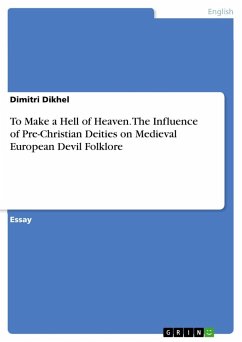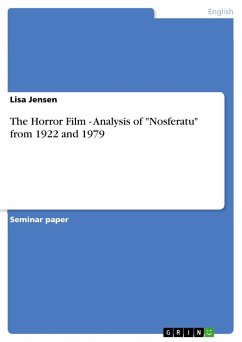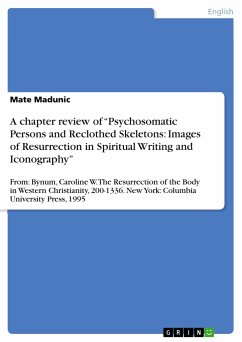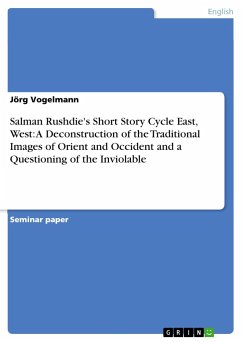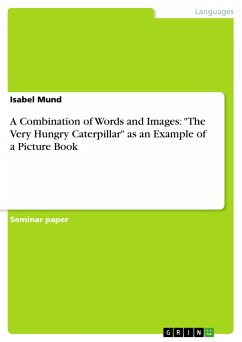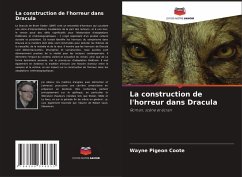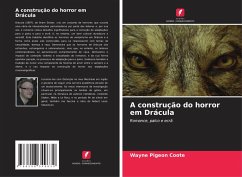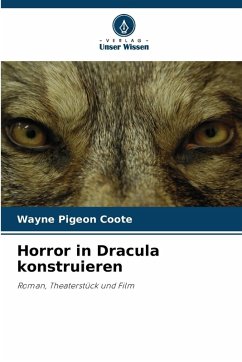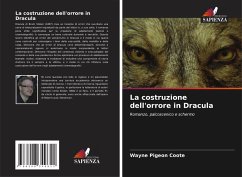
A Devil Sick of Sin: Images of Death and Disease in Murnau's "Nosferatu"

PAYBACK Punkte
0 °P sammeln!
Seminar paper from the year 2004 in the subject English Language and Literature Studies - Literature, grade: 1,0, University of Heidelberg (Anglistisches Seminar), course: Cinema and Society, Kino und Gesellschaft, language: English, abstract: 1IntroductionIn adapting Stoker's Dracula, Murnau has made quite a few changes to the original plot. Some of them were made due to economic and practical reasons, such as moving the setting and locations to Germany, some of them in order to avoid charges of copyright infringement, such as changing the characters' names, as Murnau was not authorised to ma...
Seminar paper from the year 2004 in the subject English Language and Literature Studies - Literature, grade: 1,0, University of Heidelberg (Anglistisches Seminar), course: Cinema and Society, Kino und Gesellschaft, language: English, abstract: 1IntroductionIn adapting Stoker's Dracula, Murnau has made quite a few changes to the original plot. Some of them were made due to economic and practical reasons, such as moving the setting and locations to Germany, some of them in order to avoid charges of copyright infringement, such as changing the characters' names, as Murnau was not authorised to make an adaptation.However, Murnau doesn't simply copy Dracula. Stoker's novel about the intrusion of an alien evil into English society is transformed into a story mirroring the fears that prevailed in Germany in the late 1910's. Screenwriter Henrik Galeen and di¬rector Murnau were obviously influenced by the impressions that both World War I and the influenza pandemic had left. The war had left large areas in Central Europe in ruins and had triggered many political changes. Often, the new-founded Weimar Republic was seen as weak and incapable of acting. Moreover, the outbreak of the Spanish Flu in 1918 proved no less devastating, ranking "with the plague of Justinian and the Black Death as one of the three most destructive human epidemics."(1) Assisted by large troop movements and disastrous hygienic con¬ditions after the armistice, the disease spread across the globe within less than three months. Physicians and scientist were helpless. There was no immunization available: the influenza virus could not be isolated and positively identified as the pathogene until 1932. In fact, even today there are no means of preventing another influenza epidemic(2) . Murnau begins with a caption that presents the movie as a record of an epidemic: "Aufzeichnung über das große Sterben in Wisborg." The vampire is not the party animal that Lugosi impersonated; instead, Murnau draws ona tradition that associates vampires with unexpected or inexplicable death. His creature feeds on a society which is defenseless against him, either because its members are too weakened or too terrified to take action. Thus, though set almost one hundred years in the past, Nosferatu presents an actualisation of Dracula.[...]______(1) Potter, C.W. "A history of influenza". Journal of Applied Microbiology 31. 2001: 575.(2) cf. ibid., 572.




